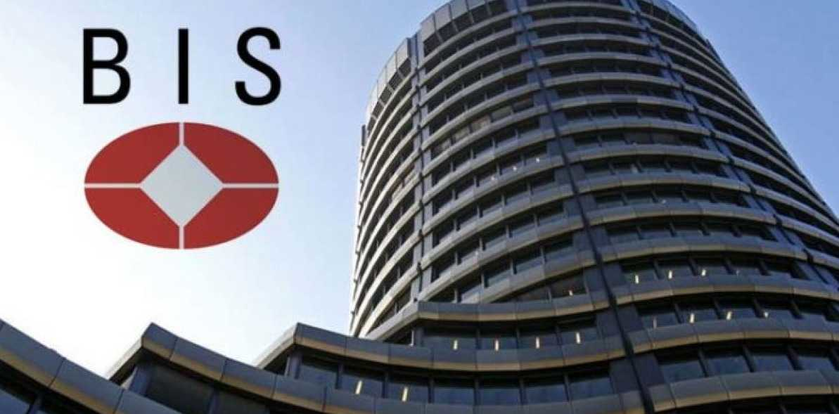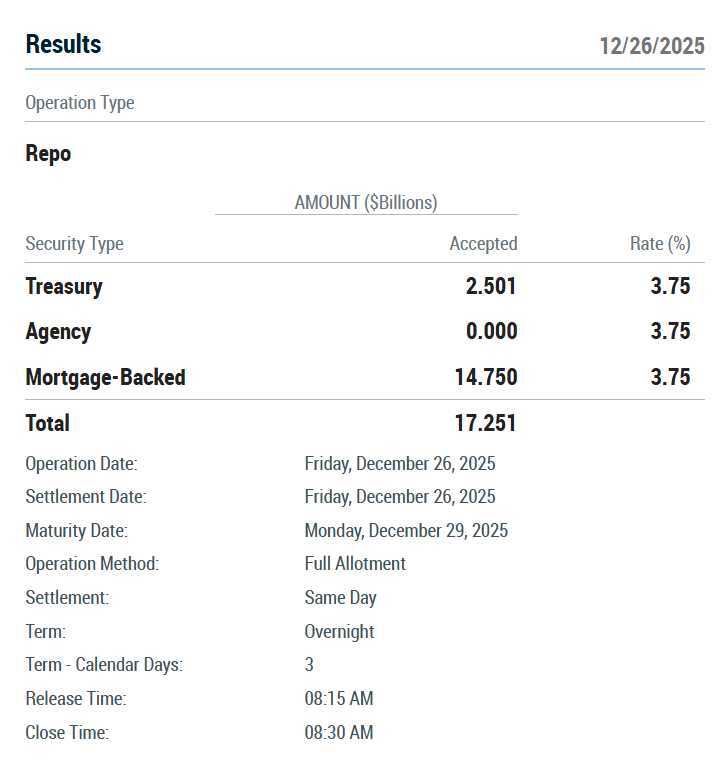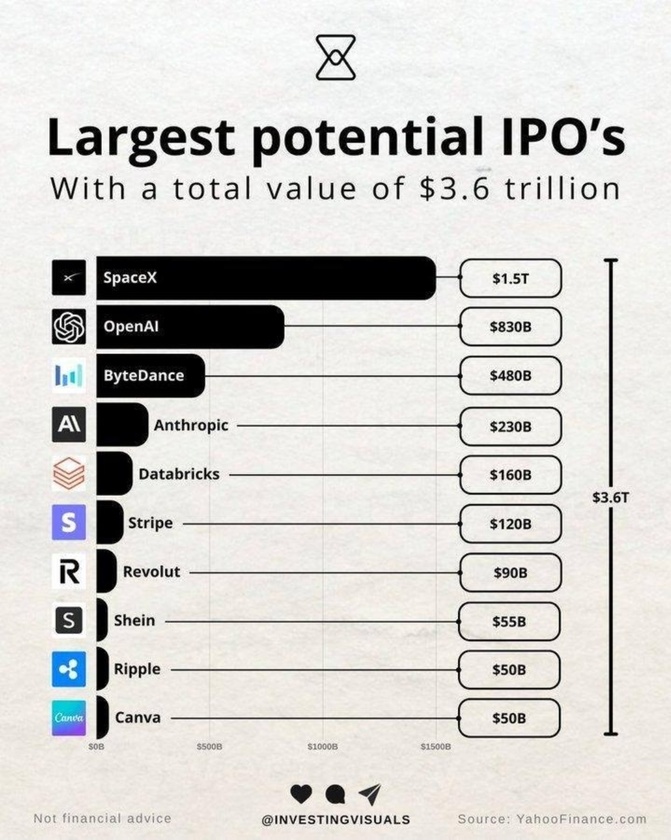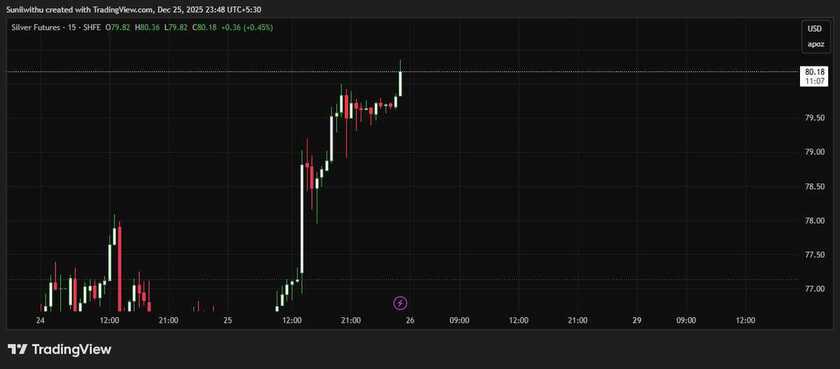I would like to thank the Monetary Authority of Singapore (MAS) for inviting me today. It is an honour to deliver this speech on innovation and the future of money here in Asia and especially in Singapore, a true hotbed of financial technology and innovation.
As the Singapore FinTech Festival demonstrates year after year, innovation in money and payments is moving at a rapid pace. And often with the goal to rethink how we use money. Certainly, the MAS has made a substantial contribution in this respect. More generally, central banks have a duty to keep up with technological change and changes in users' demands, to ensure that central bank money is made available in a way that is relevant for the digital economy. This is part of central banks' mandate to serve the public.
Today, I would like to make the point that, to reap the greatest benefits of innovation in money and payments, we must think big. We need to have a vision for the future monetary system, and for the role of central banks in driving innovation that meets evolving needs.
This is no easy feat, thanks to the nature of innovation itself, which is rarely linear and often unpredictable. A great example of that is the evolution of smartphones. When Steve Jobs strode on to the stage to unveil the first iPhone in 2007, it was described as a laptop in the form of a phone. Its connection to the internet did not receive much attention. And by many accounts, Apple's leaders were reluctant to let outsiders develop applications to use on it.
It's hard to believe that this was only 16 years ago. Nobody could have predicted how fundamentally the smartphone has changed the way we work, communicate and interact. All these changes happened not because smartphones imitated computers, but because they let others use their creativity to develop new products and services through apps.
The smartphone offers a couple of lessons about innovation:
- First, for innovation to flourish, it requires a stable and safe infrastructure that unleashes the private sector's creativity and ingenuity.
- And second, the various components on a platform must be able to work together seamlessly, just like when I use my phone to take a picture and share it on social media. This is closely related to the notion of "composability", which I will develop further.
But in looking at these examples, we must also be aware of what not to do. Dominant technological platforms can often exploit network effects to stifle competition and lock customers inside "walled gardens". This is one aspect in which the role of central banks in innovation diverges from the private sector. As accountable public institutions, central banks strive to serve the public interest rather than private profits.
With these points in mind, let me elaborate on how we can translate these lessons into the world of financial innovation, especially from a central bank perspective. Even though it is inherently difficult to predict what form innovation will take, we must make sure that we have the right infrastructure in place to promote it in a sound and open way.
I put forward the case that central banks, as the guardians of trust in money, are uniquely positioned to lay the foundations for such next generation infrastructure.
A unified programmable ledger in a public-private partnership
Around the world, central banks are exploring how to give money new capabilities. The BIS is supporting much of this work, as it incubates projects and catalyses new ideas in the world of central banking. This includes work on central bank digital currencies (or CBDCs) at both wholesale and retail levels, as well as fast payment systems and their interlinkages across borders. We are also experimenting with the tokenisation of different assets, including tokenised deposits.
But to fully realise the transformative potential of these new financial technologies, we need some way to bring them all together. In this regard, there is great promise in developing the idea of a "unified ledger" with a common programming environment.
A unified ledger is a digital infrastructure with the potential to combine the monetary system with other registries of real and financial claims. It would need to be a public-private partnership with a clear division of roles, and where the central bank is tasked with underpinning the trust in money.
Like smartphone platforms, a unified ledger allows various components to work seamlessly together. But unlike them, it is enabled by open architecture that promotes financial inclusion and greater competition.
Such a ledger allows for the use of smart contracts and composability. A smart contract is a computer program that executes conditional "if/then" and "while" commands. Composability means that many smart contracts, covering multiple transactions and situations, can be bundled together, like "money lego".
With these new functionalities, any sequence of transactions in programmable money can be automated and seamlessly integrated. This reduces the need for manual interventions that delay transactions and reduces dependency on intermediaries, and also allows for simultaneous and near-instant payments and settlement.
Greater interoperability and automated transfers could ultimately benefit consumers through more convenient and cheaper products that are better tailored to their needs, thereby enhancing financial inclusion.
These foreseeable gains may just be the tip of the iceberg of additional transformations. Think about how the smartphone displaced digital cameras. It was not because it takes better pictures, but because it's easier to share these pictures with friends through the same device.
Importantly, programmability and composability do not require decentralised or permissionless platforms. All the potential benefits I just outlined can be achieved in permissioned platforms with various degrees of centralisation. What really brings the benefits of these projects together is the use of money as a means of payment and settlement. As the provider of the ultimate settlement asset in the economy, the central bank therefore has an important role to play in the governance of a unified ledger. But it would do so in partnership with other public agencies as well as with private sector participants.
In designing these new infrastructures, there has to be clear thinking on the respective roles of the central bank and the private sector. The central bank stands at the core of the monetary system. It continues to issue central bank money as the economy's unit of account and ensures the ultimate finality of payments through settlement on its balance sheet. However, the consumer-facing activities are best taken on by the private sector.
So, a guiding principle for the unified ledger is to preserve this partnership between the central bank and the private sector. The aim is to tap into private sector creativity and ingenuity to develop new products and services, rather as the smartphone makers decided to open up their platforms to outside developers. Without the almost 2 million apps that exist today, the smartphone ecosystem would be that much poorer.
Trust in the central bank and the regulatory and supervisory infrastructure preserves an essential feature of the monetary system: the singleness of money. Singleness refers to the fact that private monies issued by different banks and central bank money all trade at par: 1 Singaporean dollar deposited in my bank is worth 1 Singaporean dollar in another bank, and I can convert my deposits into the same amount of cash at any ATM.
Viewed through this lens, it is clear that CBDCs and tokenised deposits do not represent new types of money. Instead, they replicate existing forms of money in a technologically superior way. CBDCs, for example, will play the role that central bank money plays in today's system. Tokenised deposits will play the role of commercial bank money. What makes central bank money and commercial bank money indistinguishable today is a complex and well developed network of institutional arrangements, including regulation, supervision, deposit insurance and settlement on the central bank's book. The same should be true of CBDC and tokenised deposits.
But how are we to take full advantage of these technologically superior forms of money?
This is where the unified ledger comes in. CBDCs and tokenised deposits would appear in separate partitions in the unified ledger. Because they share a common ledger, they can be brought together and used in an efficient way, through smart contracts. This would facilitate inclusion and lower transaction costs. Other partitions of the ledger could be used for other assets.
The novel functionalities arising from this design can enable money to work more efficiently. This takes me to my next point.
Leveraging public goods for private innovation in digital money
When combined with programmability and composability, the additional functionality could open up a whole new range of services that impact our daily lives. One example is by enabling micro-payments that are currently not economical, such as tips to the providers of social media content, or direct payments between "internet-of-things" devices.
Tokenised deposits and CBDCs could also open the door for more efficient payment arrangements in business settings or for larger purchases. For example, the BIS Innovation Hub's Singapore Centre plans to experiment with embedding policy and regulatory measures in smart contracts, with a view to automating compliance and increasing transparency. Compliance costs are large. But, by using tokenised deposits and smart contracts, costs would fall, making payments more efficient. This would facilitate inclusion.
Another example would be the process of escrow for buying a house. Escrow accounts secure the funds provided by the buyer until the conditions of a real estate contract are fulfilled. As escrow accounts are usually handled by a third party, the escrow process involves the transfer of funds across different accounts, often at different banks.
Using a smart contract, the escrow process could be automated by locking the respective funds in the buyer's account. Once the escrow process is concluded, the smart contract transfers the money to the seller automatically, and instant settlement is achieved via digital central bank money. By relying on the same institutional structure and using the same trusted settlement asset as in today's system, the singleness of money is preserved.
The full benefits of this revamped escrow process arise from having commercial bank deposits and central bank money in the same programmable form on an integrated platform – a unified ledger.
Thinking even further ahead, we could envisage both assets and multiple regulated entities (commercial banks, payment service providers, asset registries etc) in coordination with the central bank on the unified ledger. The idea is to put complementary things (central bank money, commercial bank money, digital assets) in the same place so that they can interact in efficient ways – like apps on a smartphone. This "tokenisation" could make buying, selling and transferring assets faster, cheaper and more transparent. Indeed, it could even make delayed settlement of different assets like bonds, stocks and foreign exchange a thing of the past. The level of certainty in financial markets would increase markedly.
There may be broader economic advantages. As data are recorded on the unified ledger, we can create common and trusted knowledge in a secure and privacy-protecting way. This can open the door for contracts that are not feasible today and which can help individuals and firms to better manage risks.
What about stablecoins?
Of course, there are alternative visions of what a future monetary system and digital money could look like. For example, many crypto proponents argue that stablecoins should be the future of money. But what this view forgets is that what sustains fiat money is not the application of novel technologies but all the institutional arrangements and social conventions behind it. And it is precisely these arrangements and conventions that make money reliable for the public.
Indeed, the past year's events have cast serious doubts on the ability of stablecoins to function as money. Stablecoins must import their credibility from sovereign fiat currencies. They do not benefit from the regulatory requirements and protections applying to bank deposits. They do not settle in central bank money, or enjoy lender-of-last-resort support. Accordingly, they cannot guarantee the singleness of money.
Admittedly, most stablecoins trade close to par when all is well. But things are not always well, and when that happens, exchange rates across payment instruments creep in and the singleness of money is broken. By departing from this core principle, we lose an important part of the soul of money.
Tokenised deposits, in contrast, embody the key aspect of our current system, whereby central bank money and commercial bank money are indistinguishable and come with certain assurances.
However, there is an important lesson to be taken from stablecoins from a public policy perspective. Stablecoins arose in part because some of the technical capabilities they provide cannot currently be met by existing forms of money.
It is incumbent upon central banks to make sure they contribute to developing an infrastructure that meets these demands: if central banks do not innovate, others will step in. In the meantime, we must ensure that stablecoins do not harm investors and consumers, or contribute to a fragmentation of the monetary system that undermines the singleness of money.
Conclusion
Let me conclude.
Central banks must embrace innovation. They have a powerful and important mandate, to provide safe and stable money, and in the most efficient and useful way. To embrace its evolution and potential, they should build on the strong foundations that exist, but not be limited by them.
Facilitating the existence of CBDC and tokenised deposits would provide the technological representation of money that further innovation needs. Bringing them onto a unified ledger would have a catalytic effect on further innovation conducted by the private sector.
The good news is that central banks around the world are actively working towards a monetary system that embeds the best of new technology in the solid foundations of the current two-tiered structure. The goal is to build a future monetary system that is adaptable and enables innovation by the private sector in a safe and sound way – in whichever form it may come.




























